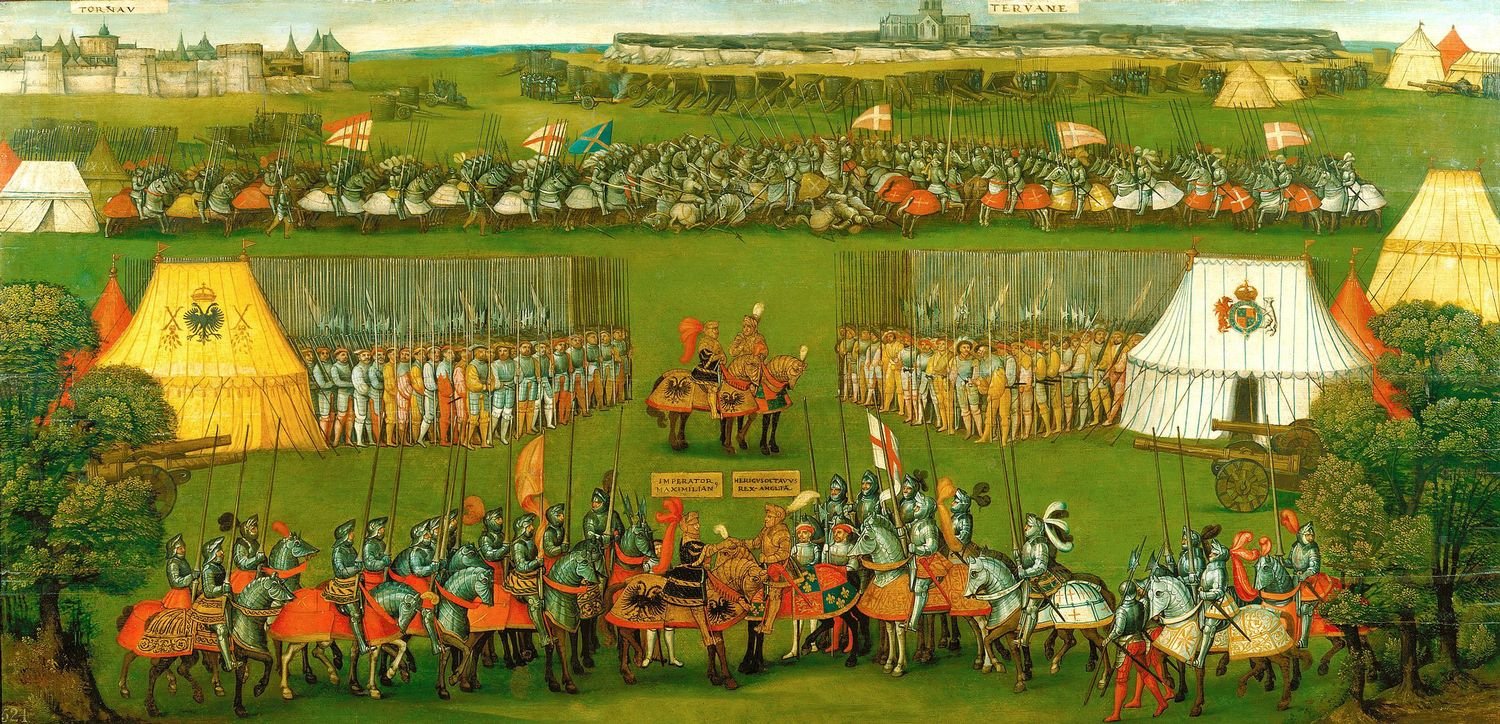
European Armour in the Royal Collection
An introduction to European armour in the Royal Collection.
Edward, Prince of Wales, the Black Prince (1330-1376)
circa 1737RCIN 37067
Popular in his lifetime for his victories over the French, Edward, the 'Black Prince' (1330–1376), is thought to have taken his name from the black colour of his armour. In this bust he is depicted as a military hero, with lion masks over his shoulders, symbolising Herculean strength. Rysbrack may have taken this design from the so-called 'Lion Armour' made in Italy in c.1550, now at the Royal Armouries, Leeds. By Rysbrack's time, lions on the pauldrons (shoulder-defences) suggested both martial bravery and royal blood – thanks in part to their inclusion on a bust of Charles I (1600–1649) (RCIN 33467).
Somewhat surprisingly, Rysbrack has not copied the famous fourteenth-century tomb effigy of Edward in armour at Canterbury – other than giving the Black Prince a moustache. Instead, the prince wears sixteenth-century armour, which was probably more easily available for Rysbrack to study in prints and history books.







